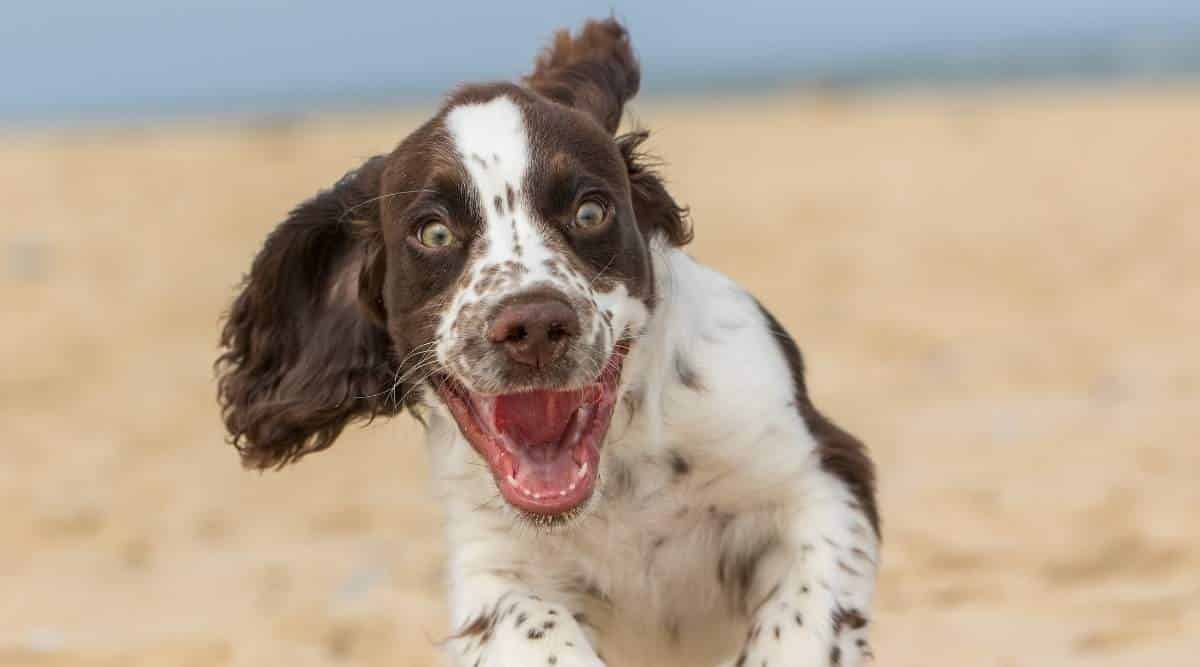11 Dog Breeds That Look Like Foxes
When you purchase through links on our site, we may earn a commission. Here’s how it works.
There have been plenty of breeds created to hunt foxes down throughout history. The English Foxhound gave chase as huntsmen on horseback followed along. Jack Russell Terriers were stuffed down into the fox’s den when he “went to ground” and used to drag him out. Interestingly, our fascination with the cunning Reynard prompted the creation of breeds of canines that look like foxes.
Foxes, of course, don’t all look alike. They’re also a lot smaller than we usually think. They weigh about the same as a small house cat. In most places in the United States, red and gray foxes hunt small prey and lurk in the shadows at the edges of society.
Both red and grey foxes are excellent mousers and help control the numbers of vermin, walk on their toes, and don’t chew their food. All foxes have characteristics we would call catlike, and some stalk their prey and then leap upon it like a cat. When we start to think about dog breeds that remind us of foxes, we can consider how they look and act.
Table of Contents
Types Of Foxes
The red fox is a small predator, weighing in at a mere eight to twelve pounds, belonging to the same family as the dog, Canidae. It’s in a separate genus and species, Vulpes fulva, while dogs are Canis familiarise. Red foxes tend to be more willing to inhabit areas close to neighborhoods. They dig underground dens and will bury leftover food for later. This red fox is what we usually picture in our minds when someone mentions a fox. We think of his distinctive red color with black points and a white tail tip.
The grey fox, Urocyon cinereoargenteus, is another North American fox. Even smaller than red foxes at seven to thirteen pounds, the grey fox is less comfortable around neighborhoods and people. They often den in trees and don’t cache food like red foxes. Grey foxes, although small, are the best fighters of the fox family. They’re aggressive and will stand up to a dog.
Arctic foxes, Alopex lagopus, have eight subspecies and weigh a mere six to ten pounds. They live in frigid environments like the Arctic and polar alpine tundra. Their numbers fluctuate with the number of lemmings available as prey for them. They have shorter noses and more rounded ears than other foxes and change color from winter to summer. In summer, they are brown to camouflage with the grasses, but in the winter, it is as white as the snow in which it hunts.
Dogs Who Resemble Foxes
Alaskan Klee Kai
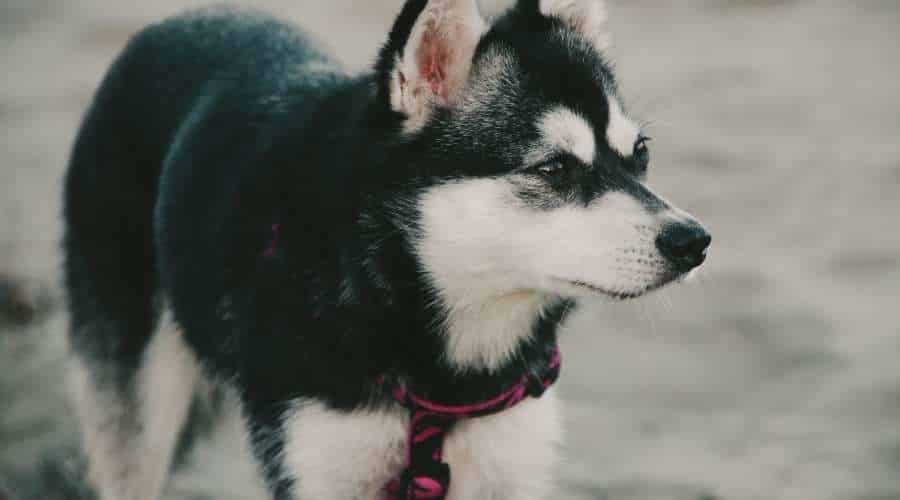
The Alaskan Klee Kai comes in three sizes, toy, miniature, and standard. Even the standard maxes out at seventeen and a half inches tall and twenty-five pounds, so these are small companion dogs. He resembles an arctic fox with a wedge-shaped face and stand-up ears, although his Husky coloration makes him appear more wolf-like.
Developed recently from an accidental mix of Husky and small dog, the breed’s founder fell in love with the cross and began creating what was originally a little Husky. The Klee Kai’s ears and chiseled muzzle resemble a fox’s face, but the dogs generally resemble miniature Huskies.
Basenji
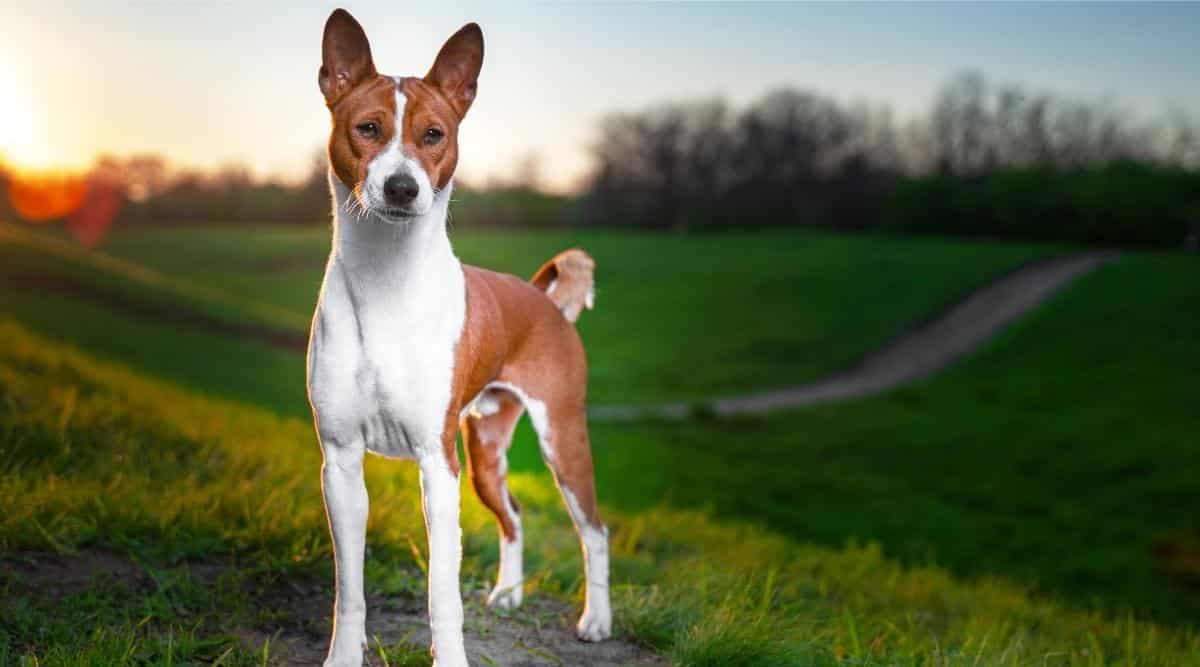
The Basenji‘s clever expressions and upright ears give him a foxlike expression. They even groom themselves like cats, and foxes groom each other. Standing approximately seventeen inches tall and weighing around twenty-two to twenty-four pounds, the Basenji’s fine coat can be a mixture of chestnut red, black, and white in varying patterns, including brindle. The chestnut red Basenji resembles the red fox, but their catlike nature makes them more foxlike in behavior than most dogs.
Basenjis don’t bark, but that doesn’t mean they are silent. They can growl, whine, make a noise akin to a yodel, and let lose a hair-raising scream. They chase small animals like a fox would and can be successful at lure coursing. Originating in Africa, the name Basenji meant savage but did not aptly describe the barkless dogs, which were also called in their native country Saba Dogs, or “Dogs of the Queen of Sheba.” The famed paleoanthropologist Louis Leakey called them “dogs of the forest,” which reminds us how much like foxes they are.
Akita Inu
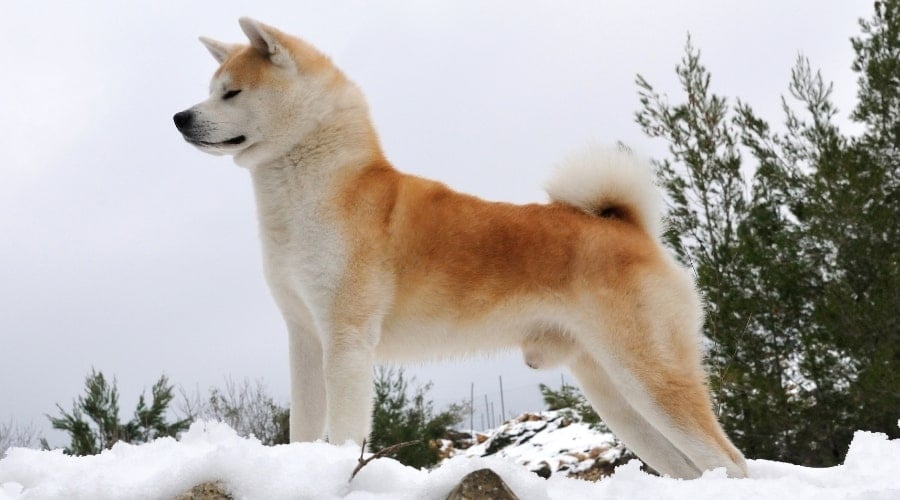
The Akita Inu is several times larger than any fox, but his reddish coat, pointed ears, and sharp muzzle make him look like a fluffy oversized fox. Akita Inus are a different breed than either the American Akita or the Shiba Inu. The Akita Inu is the national dog of Japan and originated in Akita prefecture. The Matagi of northern Japan (Akita) developed their dogs, the Matagiinu, to track and bay deer, boar, and bear. These early Matagiiunu dogs, with their stand-up ears and curled tails, are the foundation of the original Akitainu breed.
As dog fighting became more popular, larger breeds from the west were introduced to add size. The resulting dogs lost the traditional characteristics of the breed, and a quest to restore the breed began in the early twentieth century. Over the next hundred years, the Nihonken breeds of Japan were refined by size as they restored the breed to its original type. American breeders continued to breed larger, heavier dogs with traits that the original Japanese standard considered flaws. In 1999, the two classes were split, with the smaller being the Akita Inu, which still retains its foxlike looks.
Shiba Inu
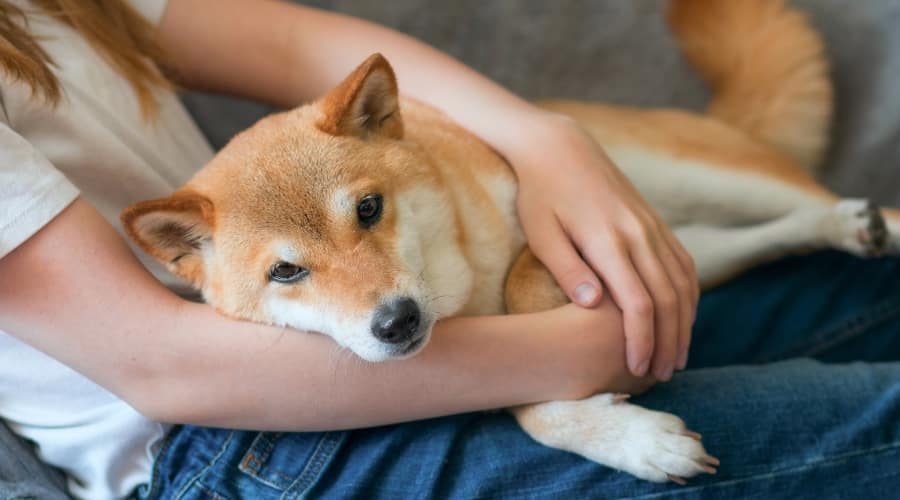
The dogs were categorized by size when the Japanese restoration of the original Nihonken-type dog was underway. The largest was called the Akita Inu, but the smallest was Shiba Inu. Like foxes, these little brush dogs hunted small game such as birds and rabbits.
The Shiba Inu stands approximately thirteen to sixteen and a half inches tall and weighs between seventeen and twenty-three pounds. Shiba Inus are the most popular Japanese breed in America and the most popular companion dog in their native Japan.
Keeshond
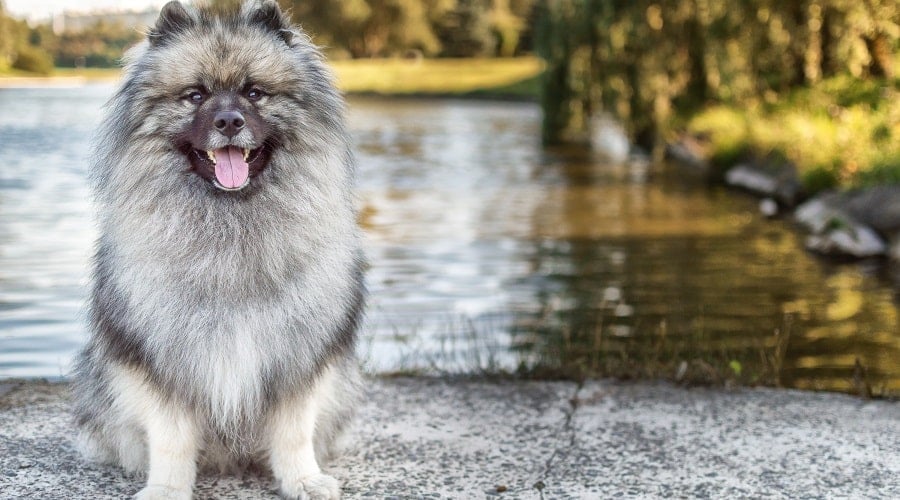
While Keeshonds may not have the coloration of most foxes, they do have a foxlike expression. Keeshonds are one of the few breeds bred as family watchdogs as opposed to hunters or killers. Gentle family companions, Keeshonden descend from the same ancient lineage as Huskies, Norwegian Elkhounds, and Pomeranians. These early ancestors were likely brought down with travelers from the North centuries ago.
When Keeshonden first arrived in England in the 1800s, they were even called “fox-dogs” by some because of their facial resemblance. Keeshonden have a well-deserved reputation for being wonderful children’s companions and are becoming increasingly popular in the United States since the breed’s introduction in 1910.
Finnish Spitz
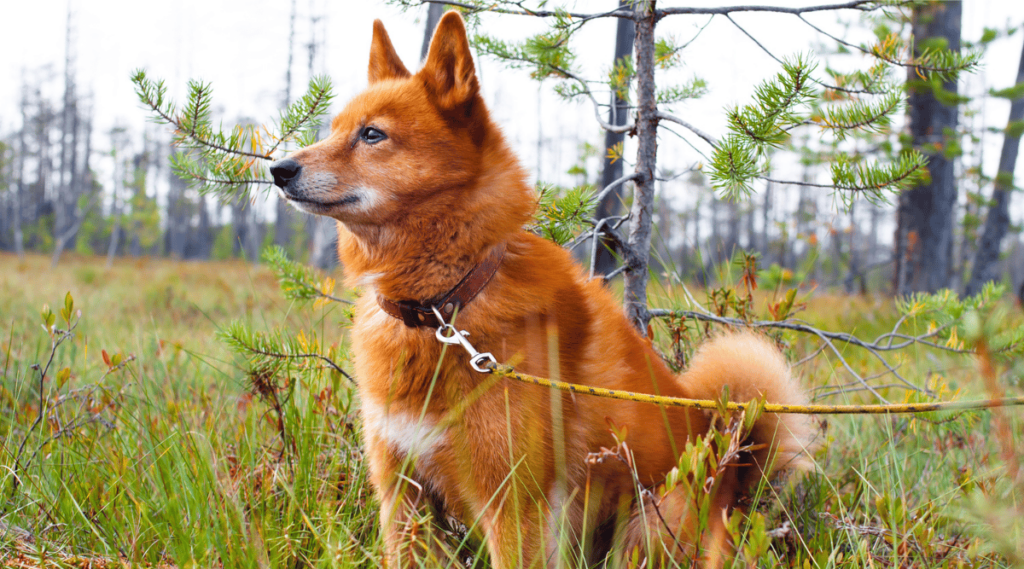
The Finnish Spitz is another medium-sized dog. Standing fifteen and a half to twenty inches tall and weighing between twenty and thirty-three pounds. A fearless hunter, his unique vocalizations endear him to fans of the breed. He is an avid barker of a hunting dog, which may cause problems in a neighborhood setting. He calls the hunter to him with his bark.
The Finnish Spitz is an excellent addition to most families. An intelligent and sensitive breed, he won’t thrive in an environment marked by discord but needs a peaceful, loving family. Patience is key when training a Finnish Spitz.
Japanese Spitz
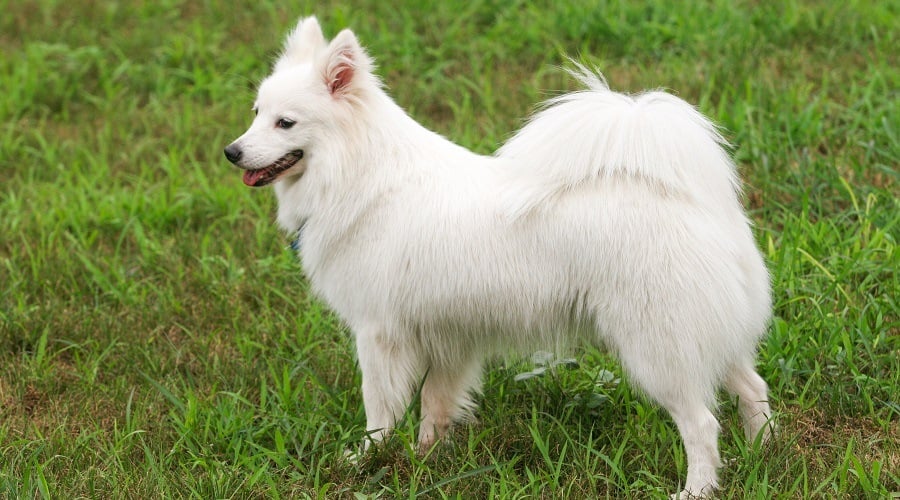
The Japanese Spitz is just over a foot high at the shoulder and weighs between ten and fourteen pounds. His pointed nose and alert expression make him very much like an oversized Arctic fox in a full winter coat.
The Japanese Spitz is recognized by the American Rare Breed Association. Also known as the Nihon Supitsu, this medium-sized breed is dignified and elegant but with a tough constitution.
Pembroke Welsh Corgi
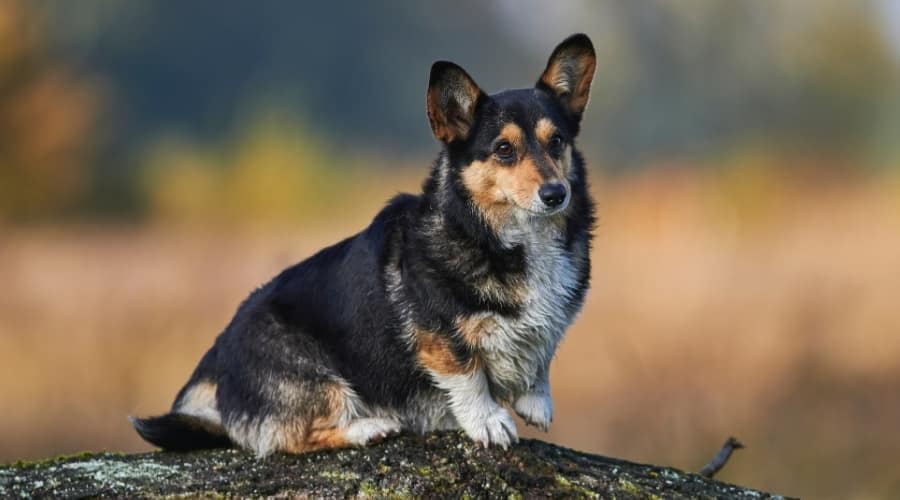
The Pembroke Welsh Corgi is one of the few British dogs that looks like a fox. They’re not much taller than a fox at ten to twelve inches tall, but their bodies should be approximately forty percent longer from the point where the neck meets the body on the back (the withers) than the height from the withers to the ground. Pembrokes are long, low-set, but sturdy dogs.
Although the breed is closely associated with both Wales and British royalty (Queen Elizabeth is known for her love of Corgis), the breed’s origin may explain their foxlike faces. They may have originated from Vallhunds (Swedish cattle dogs brought to Pembrokeshire by the Vikings) or Flemish ancestors of the modern-day Schipperke and Pomeranian, two other dogs with foxy faces.
Schipperke
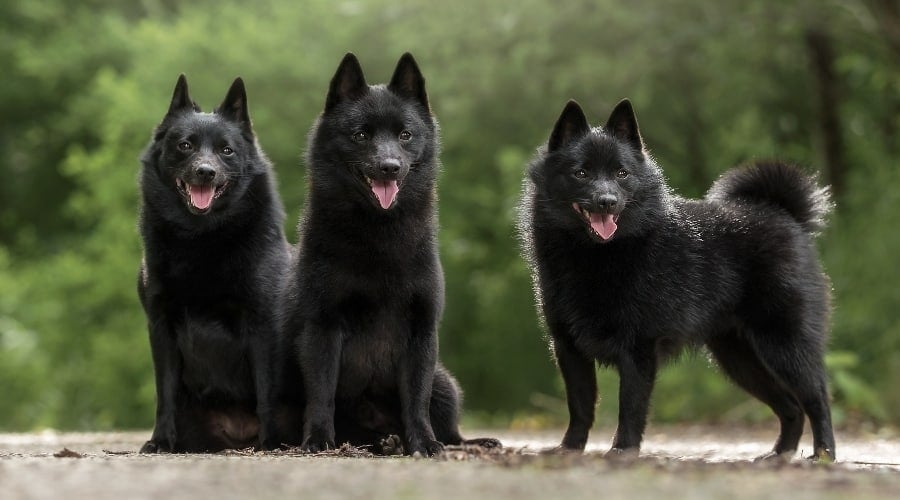
Another breed with ancient origins, the Schipperke, is a miniature version of the black sheepdog called the Leauvenaar. The breed’s name is Flemish for the little captain, and they were popular as canal boat dogs.
Standing between ten to thirteen inches tall and weighing between ten and sixteen pounds, these small dogs alerted sailors to intruders and rid the boats of wharf rats. Although they’re always black, their sharp-muzzled intelligent faces and catlike hunting style make them resemble foxes both in looks and in manner.
Korean Jindo
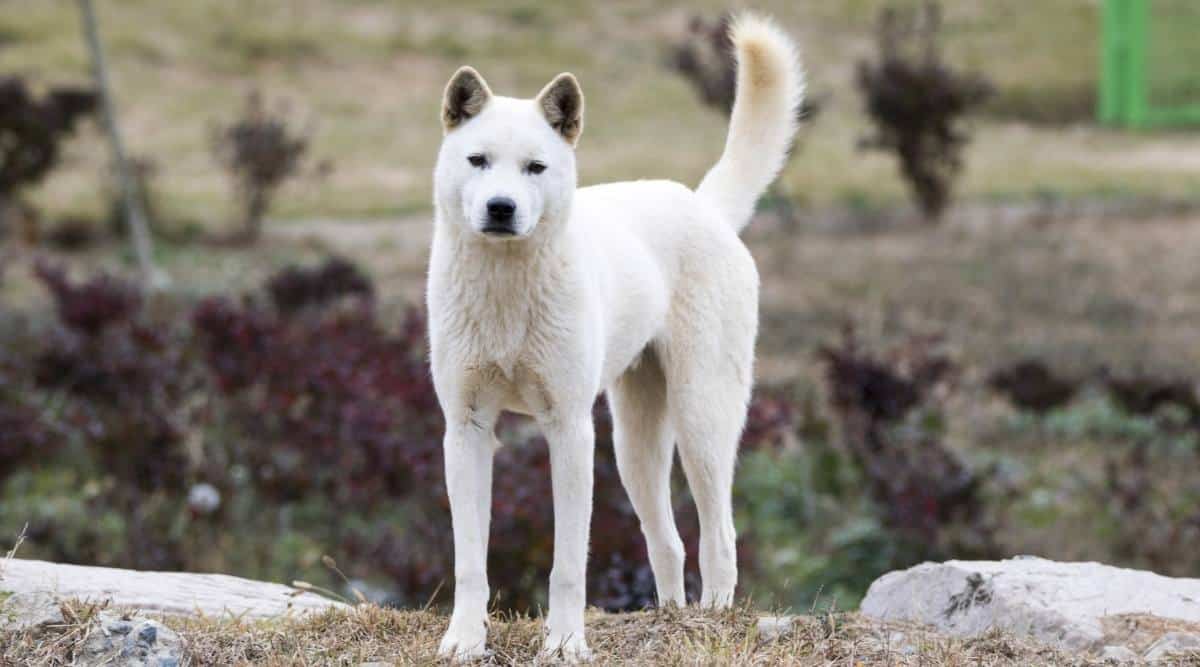
The Jindo is another fierce hunter with a foxlike face and fastidious demeanor, but he’s larger. Standing between seventeen and twenty-two inches tall and weighing up to fifty pounds, Jindos are one-person dogs. Jindos never forget who raised them and are incredibly faithful to their person.
They were named for Jindo, their island of origin, this breed developed in relative isolation. Highly territorial, they are natural watchdogs. Trainability with this breed depends on the bond between person and dog.
Pomeranian
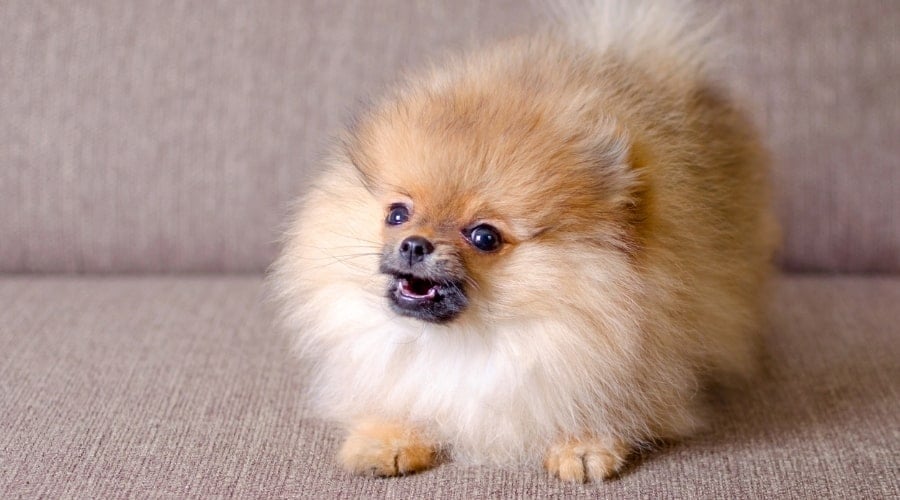
The tiny Pomeranian is one of the few foxy breeds smaller than an actual fox. Six to seven inches tall and weighing in at a mere three to seven pounds, these tiny titans look most foxlike when either red like a red fox or white like an Arctic fox.
The Spitz family evolved with traits designed to help them survive the bitter climate in the Arctic region of Iceland. Their small, foxlike ears reduce the risk of frostbite, and their dense undercoat retains warmth. The breed was bred down to about thirty to forty pounds in the area along the Baltic, once known as Pomerania. Queen Victoria of England’s beloved small Pomeranians may have started the trend to breed them to the small size we know today.
Final Thoughts
If you find foxes fascinating and love a dog with a foxy face, there are several breeds from which to choose. Most of the breeds resembling a fox originate from the Spitz group and may retain some of their hunting instincts and personality. Other options exist, however, if that personality is not for you. A few breeds even act more like cats, and therefore wild foxes, than most dogs. The important thing to remember in your quest is to find a dog who fits your lifestyle. You’ll be his forever family.
Be sure to consider shelters and rescues as you seek your new best friend. Although some of these foxy breeds are on the rare side, a lonely pup could be waiting for his forever home at a shelter near you. Adopting a dog is less expensive than buying from a breeder. As your new best friend adjusts, give him lots of attention and playtime. Throw a ball for him to allow him to show off his skills and settle in. Don’t forget to give him adequate exercise and be patient. The time you spend socializing and bonding with your Fantastic Mr. or Ms. Fox will lay the foundation for a lifetime of love.



